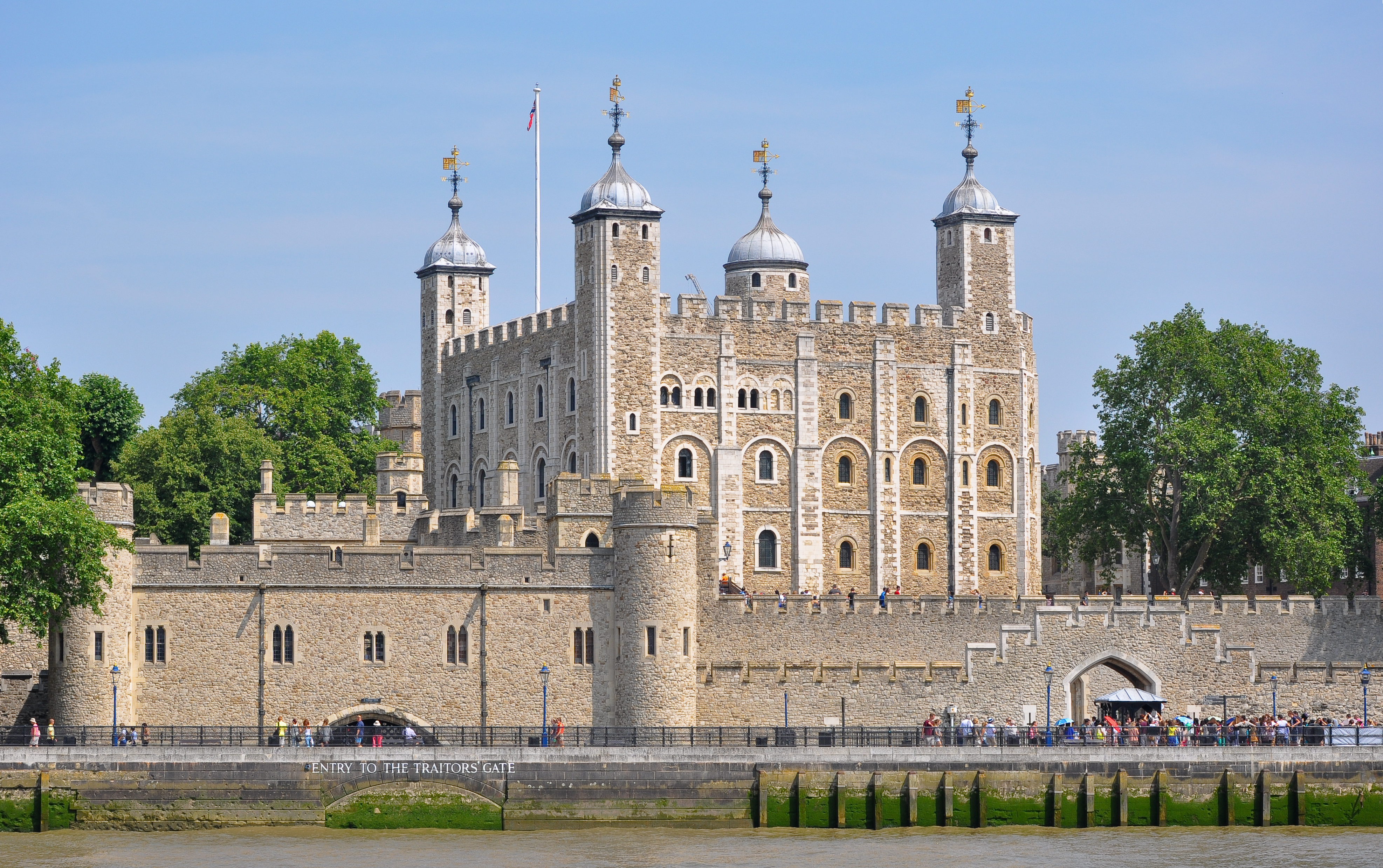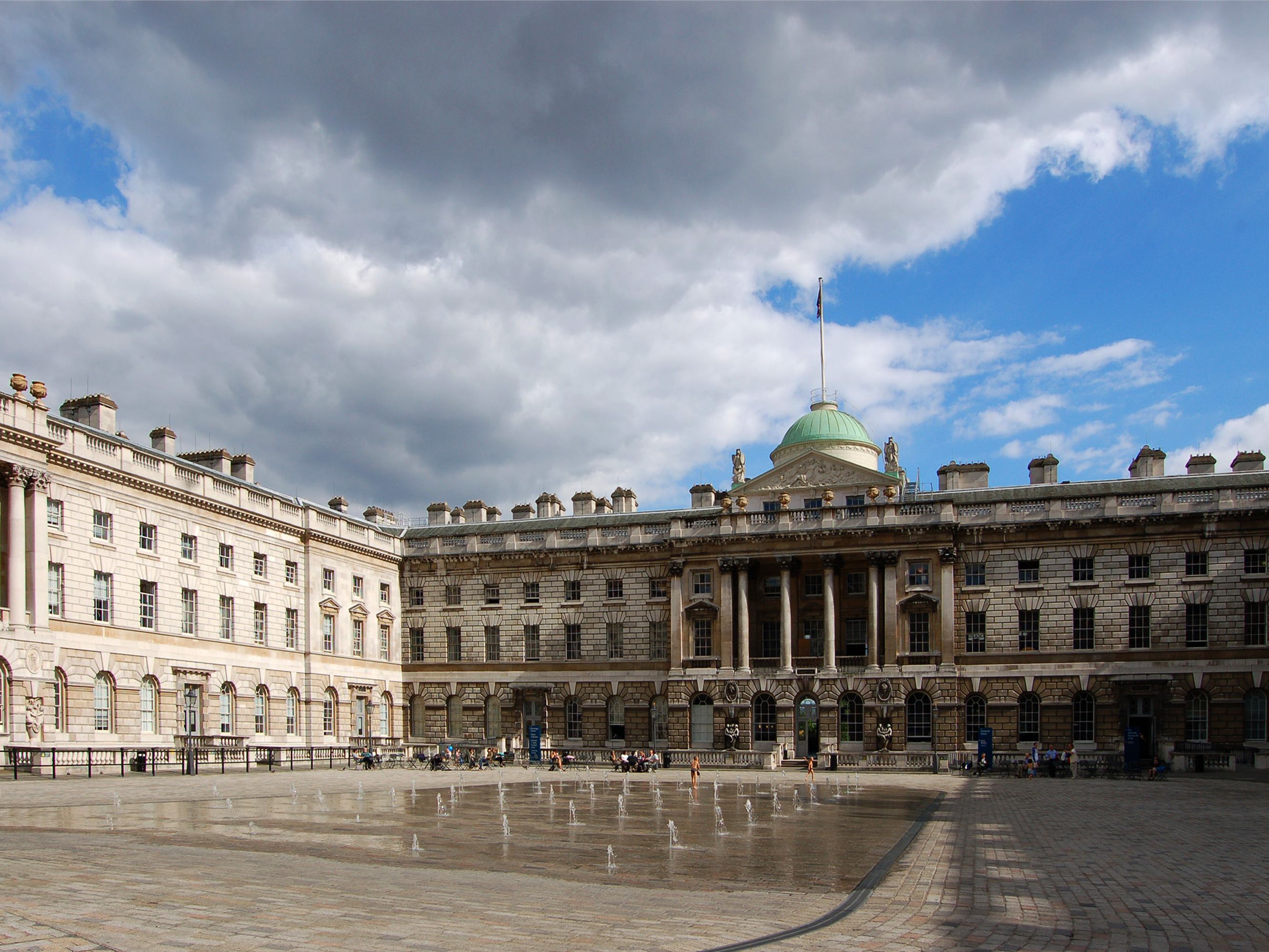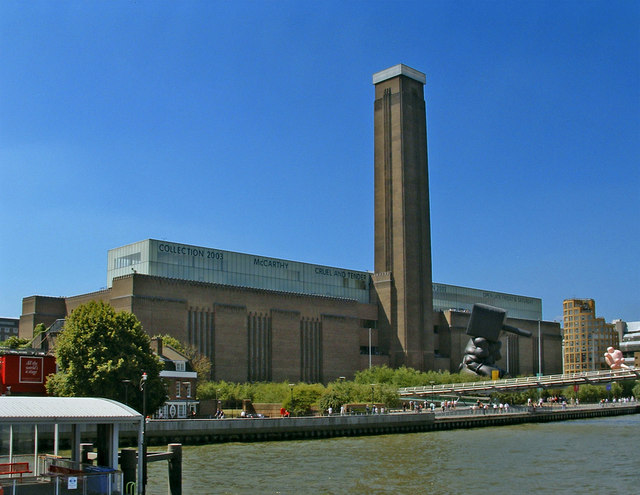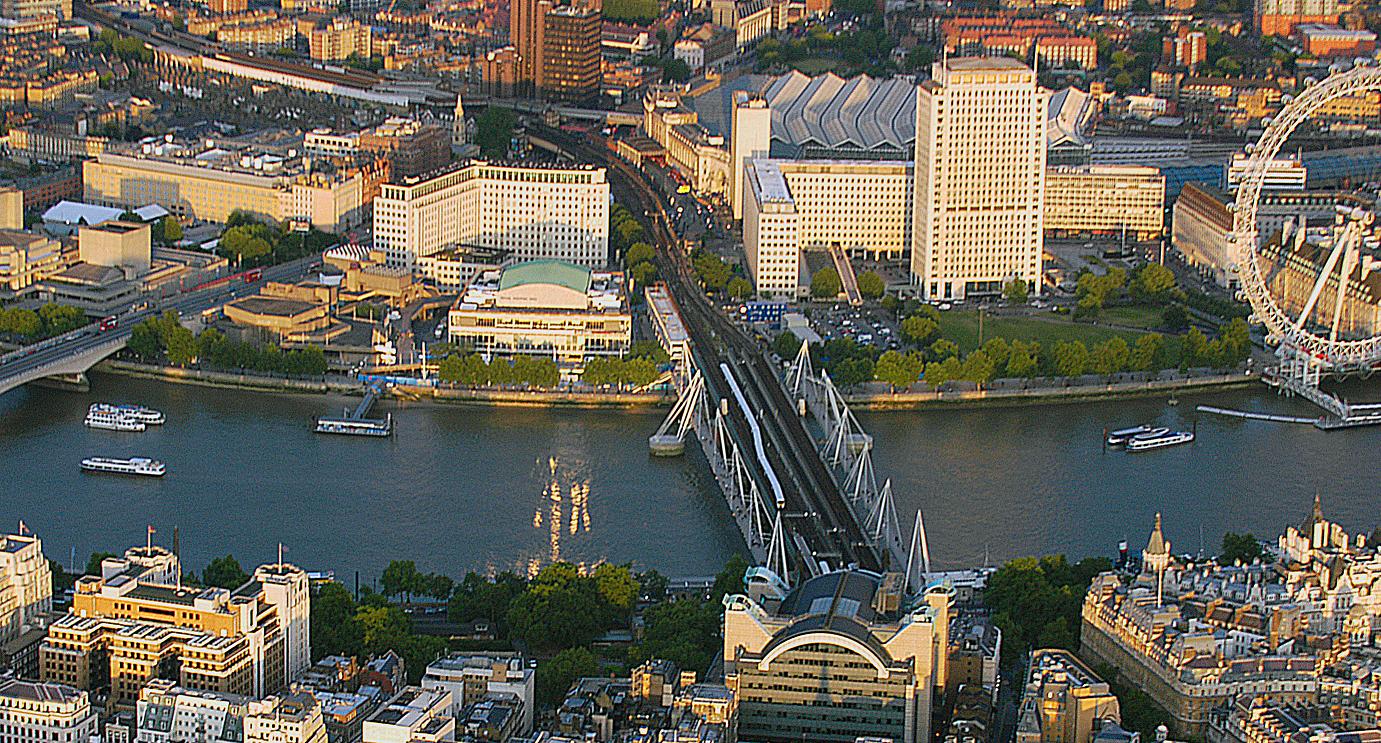England – birthplace of Shakespeare and The Beatles – is a country in the British Isles bordering Scotland and Wales. The capital, London, on the River Thames, is home of Parliament and the 11th-century Tower of London, but is also a multicultural, 21st-century hub for the arts and business in "The City." Other large cities are Manchester, Birmingham, Liverpool, Bristol and the university centres of Oxford and Cambridge.
29 Top Rated Tourist Attractions in England
1. Stonehenge
29 Top Rated Tourist Attractions in England
1. Stonehenge
Stonehenge, just 10 mi north of Salisbury on Salisbury Plain, is Britain's most famous ancient monument, and one of its most popular tourist attractions (the site is so popular visitors need to purchase a timed ticket in advance to guarantee entry). One of top tourist attractions in England, Stonehenge is among the most important prehistoric sites in the world. It was produced by a culture that left no written records so many aspects of Stonehenge remain subject to debate. Evidence indicate that the large stones were erected around 2500 BC. It is not known for certain what purpose Stonehenge served, but many scholars believe the monument was used as a ceremonial or religious center. Part of an UNESCO World Heritage Site, Stonehenge is one of Britain's most famous sightseeing spots.
2. Tower of London

Prison, palace, treasure vault, observatory, and menagerie - the Tower of London has done it all. Widely considered the most important building in England, there's enough to see and do at this World Heritage Site to keep visitors busy for hours. The centerpiece is the White Tower. Built in 1078 by William the Conqueror, it's home to amazing exhibits such as Line of Kings, the world's oldest visitor attraction (1652) with its remarkable displays of royal armor. Other highlights include the wonderful Crown Jewels exhibition, classic Yeoman Warder Tours, the Royal Mint, and exhibits and displays regarding prisoners and executions. All told, the Tower of London covers some 18 acres, so there's a great deal of exploring to do.
3. The City of Bath

If you only have time to visit one smaller city in England, you couldn't do much better than Bath. This remarkably beautiful city boasts more fantastic tourist attractions than you could hope to visit in a day. While most famous for the magnificent 2,000-year-old Roman Baths built around the city's rejuvenating hot springs, it's equally well known for its honey-colored Georgian Townhouses such as those located on Royal Crescent. Some 500 of the city's buildings are considered of historical or architectural importance, a fact that has resulted in the entire city being granted World Heritage status. Bath makes an ideal location from which to explore some of England's most stunning countryside, including the Avon Valley, the Mendip Hills and countless other fantastic Somerset landmarks.
4. Windsor Castle

Located about an hour west of London, Windsor Castle is often called the largest and oldest inhabited castle in the world. It is one of the official residences of Queen Elizabeth II who spends many weekends of the year at the castle, using it for both state and private entertaining. The earliest surviving buildings at Windsor date from the reign of Henry II who came to the throne in 1154. Much of the castle, including the magnificent State Apartments and St Georges Chapel can be visited.
5. Historic Yorkshire

Although Yorkshire is divided into four "ridings" - North, South, West and East Ridings - the habit of referring to the county by its traditional name runs deep in England (a habit picked up by most travellers). Traditional Yorkshire encompasses some of the most beautiful historic towns and cities in England, including Durham, Beverley and York with its magnificent half-timbered homes and shops, medieval guildhalls and churches, and romantic streets surrounded by 3 mi of magnificent town walls. York is also a great base from which to explore the countryside, in particular the rugged beauty of the Yorkshire Dales and the North York Moors.
6. Lake District National Park

Covering some 900 sq mi, the Lake District National Park is a must-visit destination for travellers to England. With 12 of the country's largest lakes and over 2,000 mi of rights of way waiting to be explored, there's little wonder the region continues to inspire with its magnificent views and scenery straight out of a painting. Other attractions are the park's many fells, including Scafell Pike (3,210 ft), the highest mountain in England, lovely little towns and villages such as Grasmere, as well as boat excursions across Lake Windermere and Ullswater.
7. Canterbury Cathedral

Located in the heart of the historic city that bears its name, Canterbury Cathedral (a UNESCO World Heritage Site) is home to the Archbishop of Canterbury and is the cradle of English Christianity. It all started when St Augustine converted the pagan Anglo Saxons here in 597 when he became the first bishop. But there's much more to this beautiful medieval city than its cathedral. Canterbury is also a popular cultural and entertainment destination with great shopping, galleries and cafés, as well as attractions such as those focused on Chaucer's medieval England and the city's Roman past.
8. Eden Project

The incredible Eden Project is a collection of unique artificial biomes containing an amazing collection of plants from around the world. Located in a reclaimed quarry in Cornwall, the complex consists of huge domes that look rather like massive igloo-shaped greenhouses. Each houses thousands of different plant species in tropical and Mediterranean environments. As well as these stunning displays of plant life, the Eden Project hosts numerous fantastic arts and music events.
9. The Cotswolds

The Cotswolds cover some 787 sq mi and encompass parts of some of England's prettiest counties - Gloucestershire, Oxfordshire, Wiltshire, Somerset, Worcestershire and Warwickshire. And all of it begs to be explored. Designated an Area of Outstanding Natural Beauty due to its rare limestone grassland habitats and old growth beech woodlands, the beauty of the Cotswolds has as much to do with its quaint villages and towns, such as Castle Combe, Chipping Norton and Tetbury. Like so much of England, the Cotswolds is perfect to discover on foot, particularly along the Cotswold Way, a 10 mi footpath with spectacular views of the Severn Valley and the Vale of Evesham.
10. Warwick Castle

Originally a wooden structure built by William the Conqueror in 1068, Warwick Castle was rebuilt in stone in the 12th century. During the Hundred Years War, the facade opposite the town was refortified, resulting in one of the most recognizable examples of 14th century military architecture. In 2001, Warwick Castle was named one of Britain’s “Top 10 historic houses and monuments” and is one of the top attractions in England. Warwick is a great base from which to explore the Cotswolds, as well as nearby cities such as Stratford-upon-Avon, Liverpool and Manchester, all just an easy drive away.
11. Hadrian's Wall

Hadrian’s Wall was built by the Romans to protect their colony Britannia from the tribes in Scotland. It stretches for 117 kilometers (73 miles) across the north of England from the Irish Sea to the North Sea. Construction started in 122 AD following a visit by Roman Emperor Hadrian, and was largely completed within six years. Today only stretches of this famous wall are still visible. There is a national path that follows the whole length of the wall from Wallsend to Bowness-on-Solway.
12. Durham Cathedral

Durham Cathedral, in the city of Durham in northeast England is the greatest Norman building in England and perhaps even in Europe. It is cherished not only for its architecture but also for its incomparable setting. The foundation stone of Durham Cathedral was laid on August 12, 1093. Since that time, there have been major additions and reconstructions of some parts of the building, but the greater part of the structure remains true to the Norman design. In a nationwide BBC poll held in 2001 Durham Cathedral was voted England’s best-loved building.
13. York Minster
One of the largest Gothic cathedral in northern Europe (alongside Cologne Cathedral in Germany), York Minster dominates the skyline of the ancient city of York. York Minster incorporates all the major stages of Gothic architectural development in England. The present building was begun in about 1230 and completed in 1472. The “Great East Window” inside the cathedral is the largest expanse of medieval stained glass in the world.
14. Big Ben

The 150 year old Big Ben Clock Tower is one of London’s top attractions. The name Big Ben actually refers not to the clock tower itself, but to the 13 ton bell housed within the tower and takes its name from the man who first ordered the bell, Sir Benjamin Hall. It is the 3th largest free-standing clock tower in the world. The clock has become a symbol of the England and London and has appeared in many films. In the movie Mars Attacks! for example the Big Ben is destroyed by a UFO attack. Gazed up at by visitors for 150 years, it’s no surprise that the iconic Big Ben has made the list. A visit to the adjoining Houses of Parliament will leave you captivated by the vast, intricately carved Westminster Hall, built in 1097!
15. St Paul's Cathedral

The iconic cathedral has witnessed many significant events in Britain’s history, including the state funeral of Sir Winston Churchill and the marriage of Prince Charles and Princess Diana. A visit to St Paul’s Cathedral offers 1,200 years of history as well as the chance to climb the 237 steps to the top of the spectacular Dome. On your way up, you can witness the Whispering Gallery, where a whisper can be heard from 100 feet away, before admiring stunning views of London's skyline.
16. Westminster Abbey

Just behind St Paul’s in the top ten is another London sightseeing spot, Westminster Abbey – the venue of the most famous wedding of 2011! Trace the final footsteps of Kate Middleton before she became the Duchess of Cambridge, admire renowned Gothic architecture, and marvel at the Abbey's beautiful memorials to history's great kings and queens. Did you know? Charles Dickens, Sir Isaac Newton and Charles Darwin are among the 3,000 famous figures buried at Westminster Abbey.
17. Flamingo Land Theme Park and Zoo, Yorkshire
With rides, a zoo, live entertainment and a variety of restaurants and bars, Flamingo Land is suitable for just about everyone! Over 140 species live at the zoo, including red pandas and penguins, while the theme park has rides for the whole family; a perfect two-in-one day out. Why is it called Flamingo Land? The graceful pink birds were some of the park's first inhabitants, and today it champions a successful conservation programme for them.
18. Chester Zoo
.jpg)
Chester Zoo houses the largest Orangutan exhibit in Europe and the most extensive zoo-based butterfly house in the UK. Not only is it home to 11,000 animals - including some of the world's most endangered species - there are also 110 acres of award-winning gardens to explore. Visit a Himalayan rock garden, play some mini golf, or get your face painted like your favourite animal.
19. Windermere Boat Cruises, Bowness

Set within the outstanding beauty of the Lake District National Park, Lake Windermere is the most popular tourist destination in Cumbria. Peaceful, wild and surrounded by misty mountains, Windermere is Britain’s largest natural lake. Its surface is dotted with boats all year round - what better way to take in the exceptional scenery than with a tranquil cruise?
20. The Royal Academy of Arts, London

Right in the heart of London’s West End, the Royal Academy of Arts is the oldest fine art institution in Britain – and it’s an oasis of calm in the busy city. The Academy's world-class permanent collection includes famous works by Turner, Constable, Waterhouse and Hockney, to name just a few. Seasonal exhibitions change regularly and entrance fees vary, but with installations, fine art and regular special events there’s something to suit any taste.
21. The Library of Birmingham

The Library of Birmingham is the only attraction outside of London to break the top ten. Some 2.4 million people visited the building, which opened in September 2013. Designed by architect Francine Houben, the building holds current and rare books and photos. As well a library, the space also houses an art gallery and one of the British Film Institute's Mediatheques, which gives free access to the National Film Archive.
22. Somerset House

Home of London Fashion Week, Somerset House, an arts and cultural centre, is housed in a neoclassical building on the banks of the Thames. It brought in 2.4 million visitors last year, an increase of 3% on the previous year. One of the current exhibitions housed at Somerset House is a collection of 80 photographs of beards. The exploration of facial hair and grooming is on until March 29.
23. V&A

The Victoria and Albert Museum in South Kensington saw its visitor numbers fall by 3% to 3.1 million in 2014. Its much-hyped and recently opened Alexander McQueen exhibition could help reverse that trend for 2015. Other special exhibitions slated for this year include a focus on luxury and an exploration of public life.
24. Science Museum
Covering everything from the exploration of space to the transformation of global communications, the Science Museum pulled in more than 3.3 million people last year. Later in 2015 a new library and research centre will open at the museum and in 2016 a gallery dedicated to mathematics, which will be housed in a space reminiscent of an aircraft wind tunnel, will open to bring the subject to life.
25. Natural History Museum

The Natural History Museum attracted 5.3 million visitors in 2014, an increase of 1% on the previous year. The museum looks after more than 80 million different specimens spanning billions of years. Earlier this month, it announced it's creating a "virtual dive" of the Great Barrier Reef, which it says is similar to Google Street View but on the sea floor.
26. Tate Modern

Helped out by the Matisse exhibition, the Tate Modern brought in 5.7 million visitors in 2014 putting it into fourth place. The huge museum, which occupies 371,350 sq ft is made from 4.2 million bricks. It's currently showing a major exhibition by South African artist Marlene Dumas.
27. Southbank Centre

Last year some 6.2 million people visited the Southbank Centre, putting it in the top ten most visited UK attractions for the very first time. Created in 1951 for the Festival of Britain, the Southbank arts centre takes up an impressive 21 acres of London on the banks of the Thames. It encompasses the Royal Festival Hall, the Queen Elizabeth Hall, the Hayward Gallery, the Purcell Room and the Saison Poetry Library, and its programming ranges from classical, jazz and popular music to contemporary dance, poetry and the visual arts. "We have been ambitiously growing our year-round festival programme over the last few years, reinforcing Southbank Centre's position as a thriving, vibrant destination that delights in placing excellence and egalitarianism side by side," its artistic director Jude Kelly said about its inclusion in this year's list.
28. The National Gallery

The National Gallery houses Britain's collection of paintings from the 13th to the 19th centuries. Last year it had a 6.4% increase in visitors, with 6.4 million people going through its doors. The gallery contains over 2,300 paintings including Jan van Eyck’s Arnolfini Portrait, Diego Velázquez's Rokeby Venus, J.M.W. Turner's Fighting Temeraire and Vincent van Gogh’s Sunflowers.
29. The British Museum
Almost 6.7 million people visited the British Museum last year, making it the most popular visitor attraction in the UK for the eighth year running. Some of its most world-famous artefacts include the Rosetta Stone, Egyptian mummies and the controversial Elgin marbles. The much-loved museum has a collection of at least 8 million objects with only 1% of the collection on display at any one time.












No comments:
Post a Comment